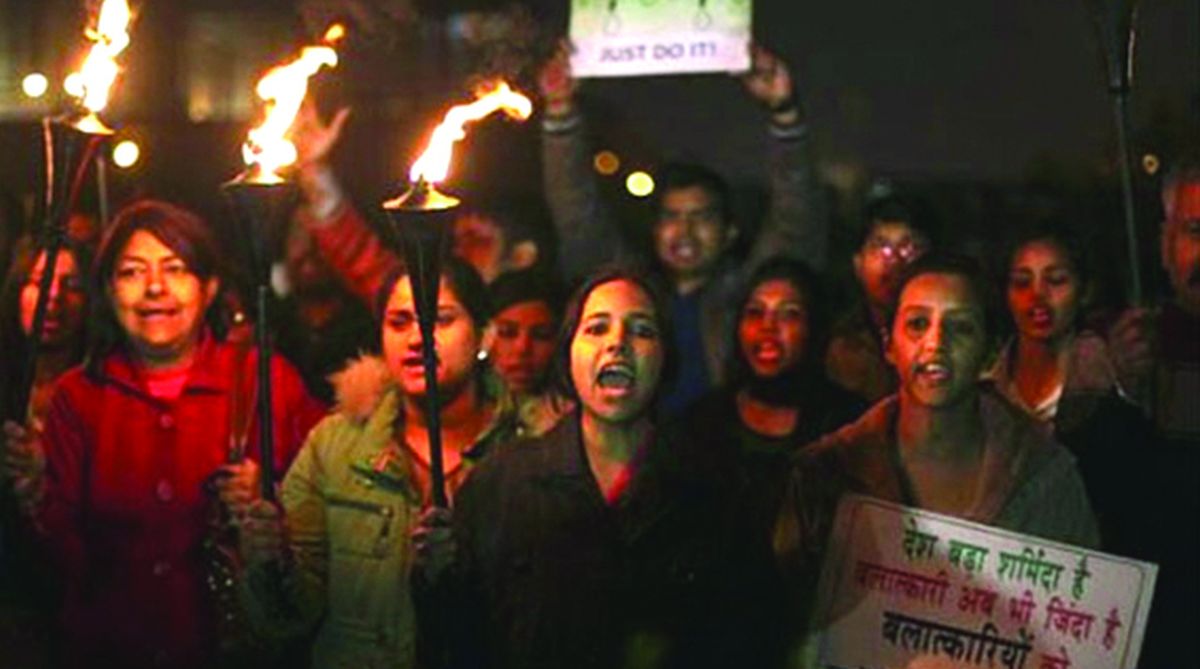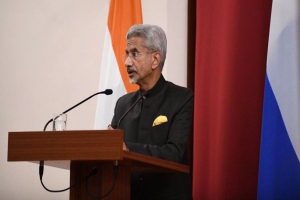A newspaper article about the recent survey commissioned by Thomson Reuters Foundation, which had ranked India as the most dangerous place on earth for women, has deeply offended Indian sensibilities. The Women and Child Ministry have questioned the credibility of the report while the National Commission for Women has ‘rejected’ the report ~ as if it was sent for their approval ~ saying that other countries had worse records. The social media has been much harsher; terming the author of the newspaper article, Naomi Canton, as anti-Indian and much worse.
Perhaps, Ms Canton did not deserve the opprobrium heaped on her by social media warriors because she was only doing her duty as a journalist; the Thomson Reuters Foundation, the authors of the report, would have been a better target for their misdirected ire.
Advertisement
The Thomson Reuters Foundation, which had authored the controversial report, was established in 1983 by Thomson Reuters, the world’s largest news provider. It appears that the Thomson Reuters Foundation conducted a global perception poll of 548 ‘experts’ to find out the most dangerous countries for women.
The parameters on which respondents were polled were: access of women to healthcare, discrimination against women, repressive cultural traditions, sexual violence against women, non-sexual violence against women and human trafficking. This poll declared India as the most unsafe country for women. A similar poll, conducted in 2011, had placed India at fourth place, behind Afghanistan, Congo and Pakistan.
Since the Thomson Reuters Foundation poll was only a perception poll, detractors may well dismiss it as a subjective finding not based on quantifiable facts; but for saner elements such a damning report should prompt deep introspection. Hazarding a guess, non-women-specific reasons like the poor condition of public services in India, lack of opportunities vis-a-vis increasing population and social upheaval combined with the traditionally low status of women in society also contributed to the adverse conclusions drawn in the report.
Actually, so far as women’s safety is concerned, India has been under the lens since the Nirbhaya case (2012). The brazenness of the crime, the way the Government responded to the protests, the way the police treated the victims and the slow pace at which the case travelled through the Courts was an object lesson in how such a case should not have been handled. On its part, the Government did not talk with the protestors but let lose riot police with water cannon on them, that too in the bitter December cold.
It also emerged that the police had failed to intercept the bus used in the crime, even when it was running without proper authorisation and its occupants had robbed a passer-by just before the rape. The behaviour of the police with the victims also left much to be desired. The final verdict in the Nirbhaya case was delivered after four-and-a-half years, underlining judicial delays even in sensitive cases.
Little has improved after the Nirbhaya case. The Nirbhaya Fund, created to ensure the dignity and safety of women, towards which the Government has allocated Rs 1,000 crore per year since 2013, has remained largely unspent. Significantly, the “Nirbhaya” case was the only conviction obtained among the 706 rape cases filed in New Delhi in 2012. Between 16 December 2012 and 4 January 2013, Delhi police recorded 501 allegations of harassment and 64 of rape, but only four inquiries were launched.
During the final nine months of 2013 almost twice as many rape victims filed police complaints and four times as many allegations of molestation were made, which may be due to the enlarged definition of “rape” consequent to the change in law after the Nirbhaya case but which nevertheless shows that the problem of sexual harassment of women continues unabated. Additionally, most cases of sexual harassment take years to come to trial; only 15 per cent of those charged with rape in 2012 were tried in same year, leaving 85 per cent victims waiting for justice.
The inefficacy of the police and judiciary to deal with sexual crimes is of such a high order that the perpetrators of sexual crimes often release videos of their criminal acts to shame the victims, simultaneously daring the police to take action against them. No woman appears to be immune from rape; two-month-old babies and seventy-year-old grandmothers frequently figure amongst rape victims. Many victims of sexual violence give up on their cases because the wheels of justice grind at a snail’s pace and because the culprits keep on terrorising them.
Contrary to what we would like to think about ourselves, Indian society particularly North Indian society discriminates against women. The culture (or lack of it) in many States condones kangaroo courts, honour killings, female mutilation, child marriages and forced marriages.
Add to it the poor state of healthcare, the poor law and order situation, all of which affect women more because of their low social status as also the hundreds of children falling into the clutches of human traffickers every day with little effort being made to trace them. In such circumstances, the rank awarded to us by the Thomson Reuters Foundation should not come as a surprise.
At the same time, it cannot be gainsaid that through the years substantial efforts have been made to raise the status of women. Much has changed since the infamous Mathura rape case of 1971, in which two policemen who raped a 13-year-old girl inside the police station were let off by the Supreme Court, not for lack of evidence of the rape but because the Supreme Court found that the girl was of “immoral character.”
Laws have been made more progressive, we see the much greater participation of women in public life but at the same time instances of sexual harassment of women are increasing probably because competing with men in all spheres has made women more vulnerable and reporting of crimes has increased due to increased awareness amongst women.
However, a more common and unflattering reason for increasing violence against women is the inability of our patriarchal society to handle the challenge posed to male domination by independent women. For example, in the “badlands” of western UP, Punjab and Haryana, a daughter or sister who does not behave or marry according to accepted norms becomes a target for honour killing. Similarly, a woman who spurns the advances of a self-styled suitor runs the risk of harassment and worse.
Questioned on women’s safety, our leaders often point to a plethora of women-centric laws enacted recently but stringent laws alone can never make India a safer place for women. It is more important to sensitise the police and judiciary towards women’s issues so that no woman would be afraid to approach the police or the Courts to air her grievance. However, in the longer run we have to change societal norms which frown on interaction between the sexes and promote all kinds of taboos. As a first step, moral education and sex education must be made compulsory in all schools.We, as Indians, should have felt concerned even if the Survey had ranked us at any rank other than the last one.
The way to make our country safe for women is not to “reject” a report which labels our country as an unsafe place for women but to try to address the shortcomings highlighted in the report. Surprisingly, instead of trying to tackle the problem of women’s safety, the guardians of women’s welfare in our country have chosen to attack the authors of the Survey ~ a perfect instance of shooting the bearer of bad news. An Urdu sher sums up the situation: Umr bhar ‘Ghalib’ yahi bhool karta raha, dhool chehre pe thi, aur aina saaf karta raha which means that we often think that the mirror is dirty when actually the dust is on our face.
The writer is a retired Principal Chief Commissioner of Income-Tax











